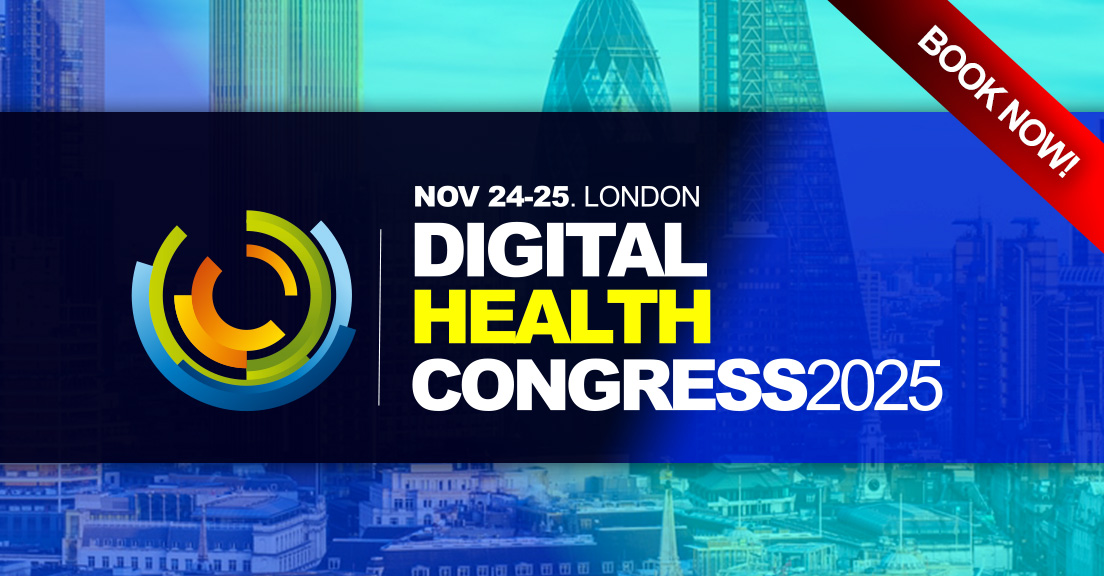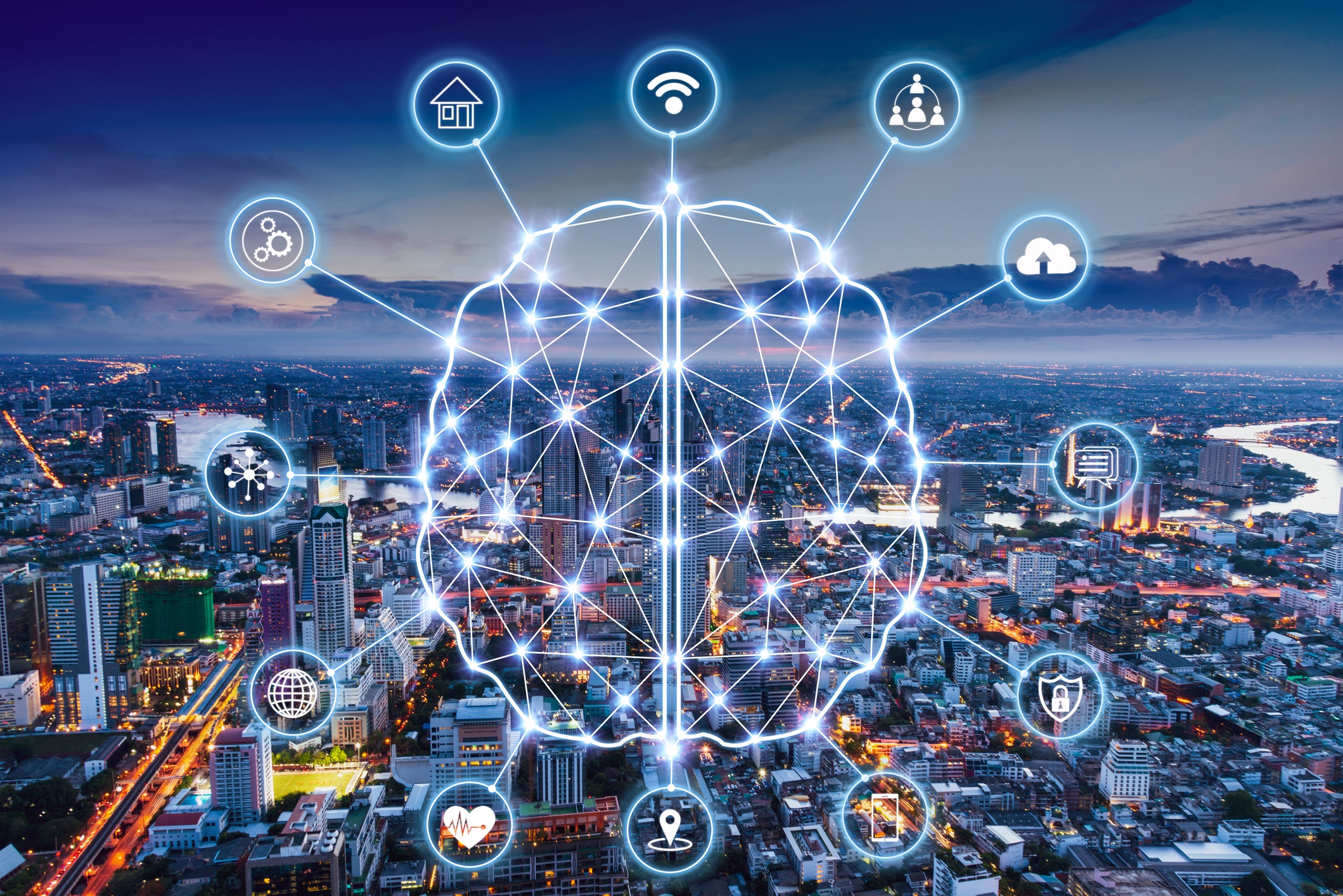

Report Scope: In this report, the market has been segmented by solution, application, connectivity, end user and region. The report provides an overview of the global IoT in healthcare market and analyzes market trends.
New York, May 02, 2022 (GLOBE NEWSWIRE) — Reportlinker.com announces the release of the report “Internet of Things (IoT) in Healthcare” – https://www.reportlinker.com/p05881047/?utm_source=GNW
Using 2020 as the base year, the report provides estimated market data for the forecast period, from 2021 to 2026.Revenue forecasts for this period are segmented based on solution, application, connectivity, end user and geography.
Market values have been estimated based on the total revenue of IoT in healthcare solution providers.
This report covers the market for IoT in healthcare with regards to applications in various end-use industries across different regions.It also focuses on the major trends and challenges affecting the market and the vendor landscape.
This report estimates the global market for IoT in healthcare in 2020 and provides projections on the expected market size through 2026.
Report Includes:
– 70 data tables and 25 additional tables
– An up-to-date review and analysis of the global market for Internet of Things (IoT) in healthcare specific applications
– Analyses of the global market trends, with historic market revenue (sales data) for 2020 and 2021, estimates for 2022 and 2024, and projections of compound annual growth rates (CAGRs) through 2026
– Highlights of the market potential for IoT in healthcare, and areas to forecast this market into various segments and sub-segments
– Evaluation and forecast the global IoT in healthcare market size, projected growth trends, and corresponding market share analysis by component, solution, device type, connectivity, application, end-user vertical, and geographic region
– Discussion on evolution and various applications of IoT solutions across different healthcare verticals, medical connected devices, and updated information on latest market developments
– Assessment of viable technology drivers through a holistic review of various healthcare specific applications for new and existing IoT technologies and cloud architecture
– Discussion of the industry value chain analysis providing a systematic study of the key intermediaries involved, along with a PESTEL analysis for IoT in healthcare
– In-depth information on increasing investments on R&D activities, key technology issues, industry specific challenges, major types of end-user markets, and COVID-19 implications on the progress of this market
– Analysis of patents granted for IoT in healthcare devices between 2018 to Mar. 2022 across each major category
– Descriptive company profiles of the leading global players, including Cisco Systems Inc., IBM Corp., GE Healthcare, Medtronic plc, Koninklijke Philips N.V., and Siemens Healthcare
Summary:
The term “Internet of Things (IoT)” was popularized by Kevin Ashton, a British professor at MIT.At the turn of the millennium, he envisioned vendors embedding intelligence into physical objects (or things, basically anything that could support a sensor) and connecting those objects via networks.
The concept is broad, so a precise definition is difficult.In general, the IoT is a network of uniquely identifiable endpoints (or things) that communicate without human interaction, typically using IP connectivity.
The IoT is a collection of electronic devices that can share information. Some examples of IoT applications include smart factories, smart home devices, medical monitoring devices, wearable fitness trackers, smart city infrastructure and vehicular telematics.
The healthcare sector rapidly adopted various IoT solutions by creating the Internet of Medical Things (IoMT).Devices like heart monitors and pacemakers collect and send patient health statistics over various networks to healthcare providers for monitoring, analysis and remote configuration.
Although many of these devices are being used in the industry, FDA approval has been a key hurdle for widespread adoption.Another hurdle is insurance, which plays a key role in the healthcare industry.
The global market for IoT in healthcare was valued at REDACTED in 2020 and is forecast to reach REDACTED by 2026, growing at a CAGR of REDACTED during the forecast period.Some major factors driving investment into IoT include advanced and precise results, growing cloud-based infrastructure, and the availability of more cost-effective smart devices.
However, market growth for IoT in healthcare is restrained by factors such as lack of funding and business model and data security and privacy issues.
In this report, the market has been segmented based on component, application, connectivity, end-user and geography.Based on component, the IoT in healthcare market has been categorized into medical devices, systems and software, services, and technology.
The medical devices segment accounted for the largest share of the market in 2020 and was estimated to be REDACTED in 2020.Service providers in the healthcare IoT market deliver customized and integrated programs that help companies generate consistent and improved business results and handle the entire life cycle of services.
Integration of IoT medical devices involves several smart, connected devices that can be used to track patient health and alert physicians before any infection occurs.The fastest-growing solution is technology, which is expected to grow at a CAGR of REDACTED and is forecast to reach REDACTED by 2026.
The focus of IoT healthcare systems and networks is to minimize project delivery times and costs through device management and deployment, data security, data collection, and data analytics. Processes and software include remote device management, management of bandwidth use, data science, privacy applications and information security strategies.
The global IoT in healthcare market based on connectivity has been categorized into Wi-Fi, Bluetooth, Zigbee and other connectivity types.The Wi-Fi connectivity-type segment dominated the market in 2020 and was estimated to be valued at REDACTED.
Some of the major connectivity types under the other connectivity-type segment include Loran and LTE-M.LTE-M is the wireless network of a cellular carrier, endorsed by the industry group GSMA and by the group of standards 3GPP.
It offers cell-tower, tracking-based location services without the need to use satellite-based systems like GPS or Galileo.This feature provides a significant cost reduction for OEMs that require devices to have a fundamental location system.
Also, LoRa is a widely used connectivity choice for the deployment of IoT in large areas with many non-critical sensors and control devices. Its use of unlicensed radio makes LoRa the best option for city-wide environmental sensors, streetlamp regulation and surveillance, simple agricultural field control units, and tracking of small objects. The fastest-growing connectivity type in the healthcare IoT market is Zigbee, which is estimated to grow at a CAGR of REDACTED and is forecast to reach REDACTED by 2026.
Read the full report: https://www.reportlinker.com/p05881047/?utm_source=GNW
About Reportlinker
ReportLinker is an award-winning market research solution. Reportlinker finds and organizes the latest industry data so you get all the market research you need – instantly, in one place.





























